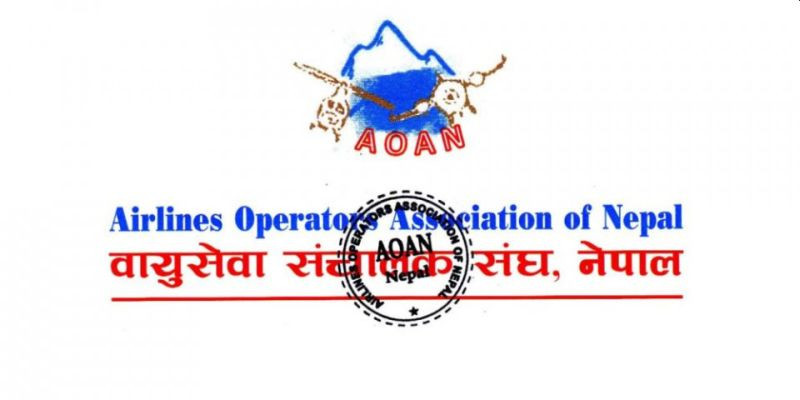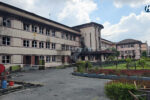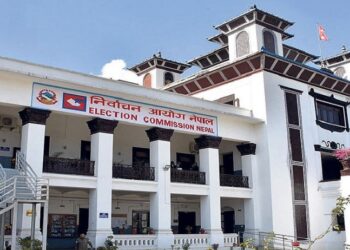KATHMANDU: The Airline Operators Association of Nepal (AOAN) has refuted reports circulating in various news outlets claiming that the Civil Aviation Authority of Nepal (CAAN) has imposed a ban on the import of helicopters from all European companies.
AOAN clarified that these reports are false, highlighting the crucial role European aviation companies play in Nepal’s aviation sector.
“Currently, over 90 percent of Nepal’s aircraft fleet is sourced from European manufacturers, including essential parts and components. In addition, European companies provide training to Nepali aviation staff, contributing significantly to skill development in the industry,” a statement released by the Association reads.
It also states that the transactions with European companies amount to billions of rupees each year, underlining the economic importance of this partnership.
Despite that, Nepal remains on the European Union’s Aviation Safety List, which restricts Nepali airlines from operating in EU countries.
Despite extensive efforts from AOAN, CAAN, the Ministry of Culture, Tourism and Civil Aviation, and other stakeholders, Nepal has not yet been removed from the list. The association acknowledged that all parties are actively working towards achieving international safety standards required by the EU.
In a meeting held today, February 21, officials from CAAN and AOAN discussed ongoing initiatives to remove Nepal from the EU Safety List. The discussions also focused on the upcoming EU Safety Committee meeting in Brussels, where hopes are high for a favorable decision.
AOAN expressed optimism about the ongoing efforts, stating, “We hope we can change things.”
Should Nepal continue to be on the EU Safety List, AOAN has suggested that CAAN revise its regulations to align with international aviation trends.
AOAN stressedthe need to consider Nepal’s unique topography and procure suitable aircraft tailored to the challenging geographical landscape.
Additionally, AOAN highlighted the importance of exploring alternative markets for aviation products and services. This would involve shifting the focus from Europe to other regions, potentially transforming the market dynamics currently dominated by European manufacturers.
The association remains committed to ensuring safety and regulatory compliance while safeguarding Nepal’s aviation industry’s growth and sustainability.









Comment